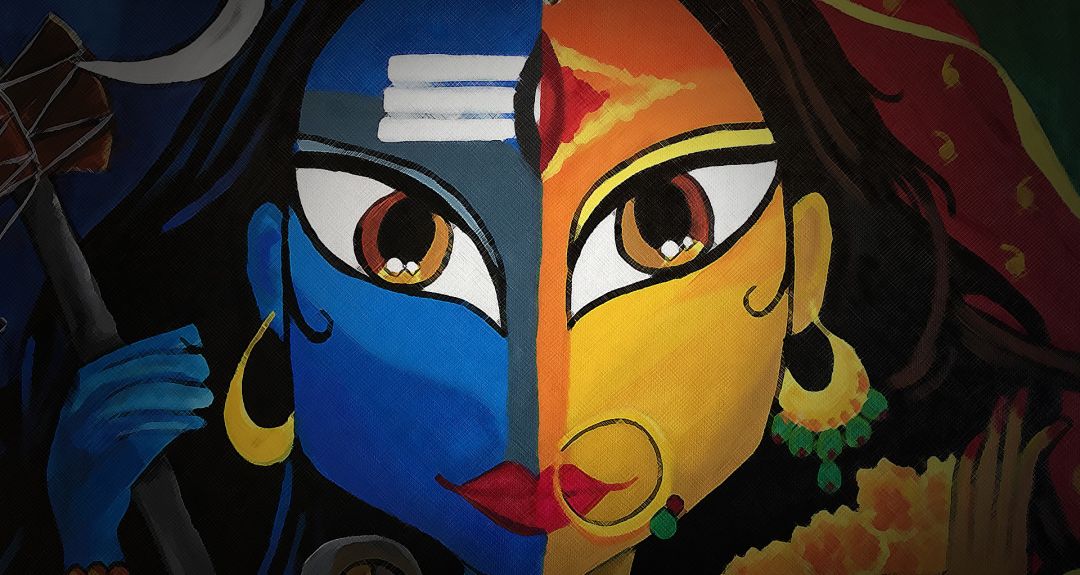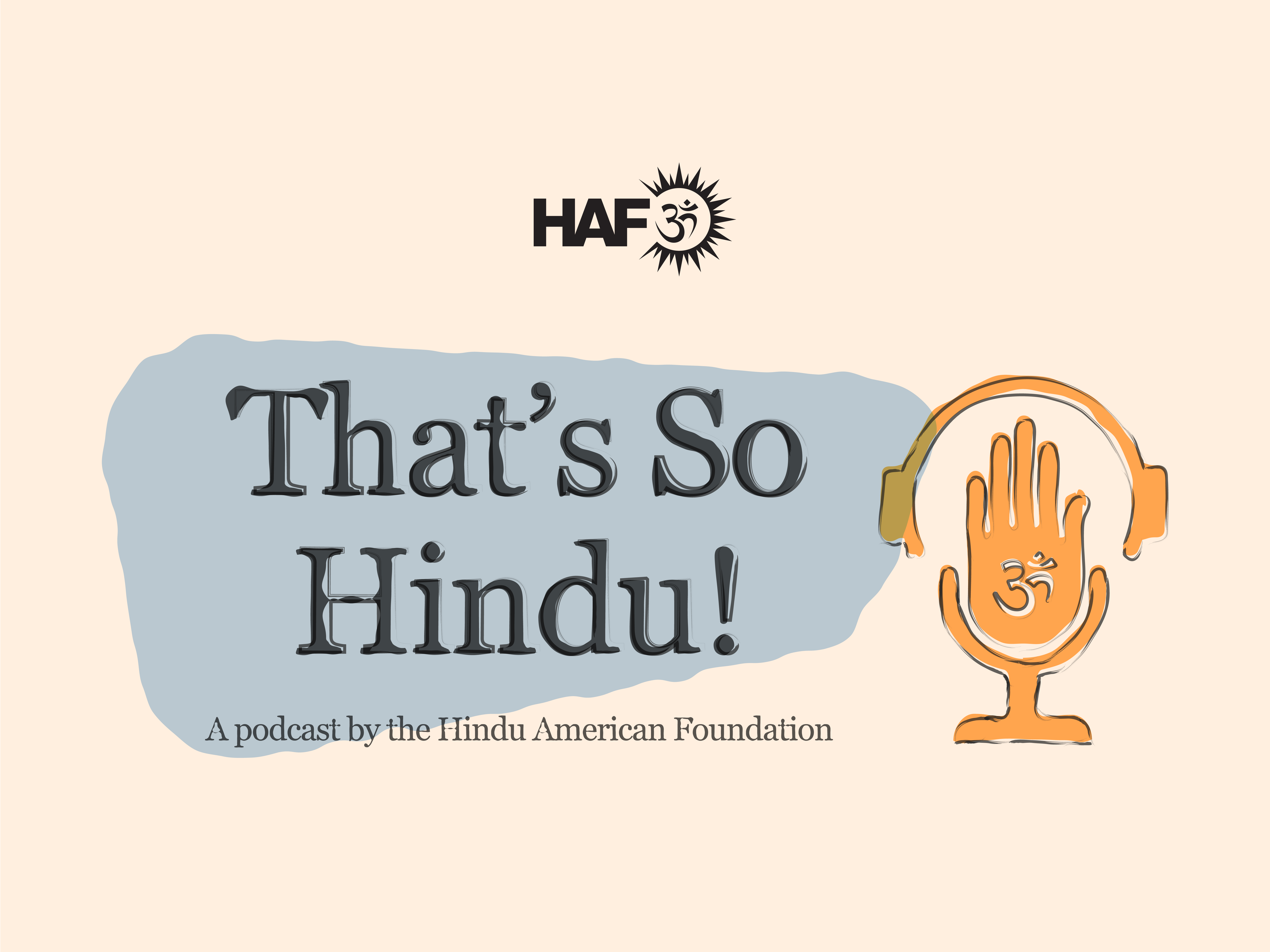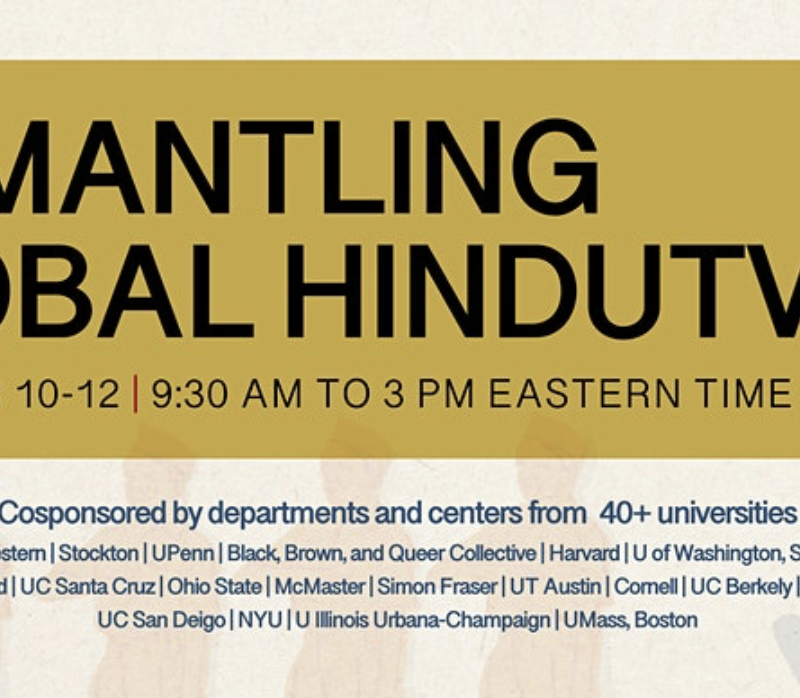
The topic I’m going to talk about is how we as women can resolve to change ourselves, our families, and our communities. My attempt at an answer is quite simple. But it’s not necessarily easy.
The year I graduated from high school, the book “All I Really Need To Know I Learned In Kindergarten” was a bestseller. Amongst the short list of life lessons were gems like “share everything,” “play fair,” “don’t hit people,” “put things back where you found them,” and one of my favorites, “warm cookies and cold milk are good for you.” All good advice, at this age, this last one is probably more accurately warm cookies and cold milk are just plain good as opposed to “good for you.”
While all of these rules are ones that most of us intentionally or unintentionally live by, what about the bigger questions that each of us face as women juggling our multiple roles of daughter, sister, friend, wife, or mother? What rules can we live by in deciding whether to exercise after a long day at work or treat ourselves to a square of magas? Volunteer for a child’s field trip or take our mother to a doctor’s appointment? Stay late to get a project done for work or class or get home in time to nourish your family with a healthy meal of roti, dāl, bhāat, shāk? How about accepting the party invite, knowing your cousin or good friend has been left out? Or answering a question honestly even though the answer is not what the person asking will want to hear?
For these daily struggles or dharma sankatts, as we say in the Hindu tradition, kindergarten do’s and don’ts sometimes fall short. But luckily we’ve been blessed with literally encyclopedias worth of wisdom. The Vedas, the Ramayana, Mahabharata, Gita, Puranas, the Sikshāpatri. All of these volumes and volumes of wisdom and shikhāman on how to live in accordance with dharma are there to teach, guide and inspire us.
By intentionally and mindfully living in accordance with dharma, we change ourselves. If we change ourselves, we change the way in which we raise and interact with our family, which in turn changes them for the better. And if our family is changed for the better, we with our family can serve the community, and in turn change it for the better.
But what is dharma exactly? While it’s become ubiquitous enough to appear on American bumper stickers like, “Increase Dharma. Decrease Drama,” it remains difficult to fully grasp. Partially this is because there is no single English word that encapsulates the full and deep meaning of dharma. Then there’s the fact that even when used in Indian languages, it means different things to different people at different times and in different contexts.
Merriam-Webster’s tries to define dharma as first, “the principle of cosmic order,” and second, as “virtue, righteousness, and duty, especially social and caste duty in accord with the cosmic order.”
Huh? Cosmic order? Caste duty? First, why is it that most non-Hindus just can’t seem to define anything Hindu without mentioning caste or cows? But I digress. Second, what does cosmic order or caste duty have to do with saying thanks, but no thanks to the party invite? Or being gentle, yet honest with a friend who’s asked for frank advice?
The Hindu American Foundation, for which I am one of the co-founders and now serve as its Executive Director and Legal Counsel, has, through our own study and absorption, and with the guidance of spiritual leaders and scholar-practitioners explained dharma as: “…the mode of conduct for an individual that is most conducive to spiritual advancement.”
This explanation appears in our Hinduism 101 program and our Short Answers to Real Questions about Hinduism, where we also talk about the original name of our religion —Sanatana Dharma — which many translate as “Eternal Law,” encompassing the inherent laws of nature and the Divine. We also talk about vishesha dharma, or special duties defining an individual’s responsibilities within the nation, society, community, and family and all in accordance with our life stage. We also say dharma can be understood as the individualized application of discernment and action according to the sum of past of our karma, intelligence, aptitude, tendencies, physical characteristics, and community.
Then there’s sāmānya dharma or the general rules that govern all forms and functions. This includes our duty to strive towards and achieve contentment; forgiveness; self-restraint; non-stealing; purity; control of senses; discrimination between right and wrong; spiritual knowledge; truthfulness; and absence of anger. Given the popularity of yoga, many may recognize these values as the yamas and niyamas.
Virtue? Righteousness? Law? Duty? Rules? Yamas? Niyamas? With all these different ways of defining and contextualizing dharma, how are we as Hindus supposed to navigate life if our map has no one clear road with clearly marked left and right turns at each intersection? What exactly are we supposed to do to uphold dharma or live dharmically? And more importantly, how? All of these questions and overwhelming number of possible twists and turns bring me to a visual tool.
Close your eyes for a moment. Imagine a stool. It can be made of anything — wood, rubber, metal. Imagine a color for it. Mine is red. Because each of us is unique, our stools will be unique — made as simple or as ornate as we’d like them to be. But the one thing it has in common is that it is a three legged stool, and each of these legs is very important. They represent what all of various concepts of dharma can be boiled down to — three essential, core values — ahimsa or non-harming, brahmachārya or self-control and moderation, and satya or truthfulness.
The Sanskrit root of dharma ‘dhri’ or “that without which nothing can stand” really breathes life into the analogy of dharma as a three-legged stool. If one leg is missing, or consistently shorter than the other two, it teeters. It loses balance. It cannot stand and we fall further away from dharma. Have you ever told a friend or sibling the truth about something you’ve been feeling, but you just let it out, straight from your gut, without any filters — oops, privileging satya over ahimsa and brahmacharya, and dharma loses. How many of us have lost complete track of time binge watching the latest sāsu-bahu Indian serial or the show 24, knowing full well that we are always finding excuses not to exercise, learn an art, or participate in satsang— lack of brahmachārya or moderation and not being honest with ourselves, harms not only us and our spiritual growth, but in turn our families and communities.
It sounds pretty straightforward doesn’t it? To uphold dharma, we should strive to be equally kind, equally measured, and equally truthful in our every thought, word, and action. But can these three core values really be it? Think about some of the others that are not ahimsa, brahmacharya, and satya. What we’ll find is that they are really just combinations and permutations of three basic values.
- Kshamā or forgiveness is the highest order of ahimsa and brahmacharya
- Asteya or non-stealing bring together satya and brahmacharya
- Svachhatā or cleanliness and purity bring together all three
With much guidance of gurus and unexpected guides along the way, I finally found a way to better understand what dharma boils down to, at least in theory. I also have a renewed appreciation for the term, “practicing Hindu.” Because theory without practice is like bhakti without gnāna, or karma without bhakti, which basically can be pointless.
As women we play many roles. All of us here are daughters. Most are sisters, and are or will be wives. Many are mothers. We’re doctors, lawyers, accountants, pharmacists, engineers, entrepreneurs, teachers, beauticians, caterers, amongst countless other professions and vocations. The point is that each of these roles presents an opportunity for us to selflessly, without attachment to any fruits, bring our best, and our best, is when every thought, word, or action is dharmic.
I am one of the cofounders of the Hindu American Foundation and now serve as its Executive Director. HAF is an advocacy organization for the Hindu American community. The Foundation educates the public about Hinduism, speaks out about issues affecting Hindus worldwide, and builds bridges with institutions and individuals whose work aligns with our objectives. HAF focuses on human and civil rights, public policy, media, academia, and interfaith relations. Through our advocacy efforts, HAF seeks to cultivate leaders and empower future generations of Hindu Americans.
Everyday I am thankful, as are my colleagues at HAF, that we have been able to find careers which allow us to serve society. Everyday I am thankful that we get the opportunity to test our faith and resolve to uphold not only our vishesha and sāmānya dharma, but do our little part for Sanātana Dharma itself. It’s no small task, and everyday we remain open to the possibility of learning something new or being reminded that old is gold. Perhaps the most valuable lesson I have learned at HAF is that even in advocacy, the Rule of the Stool is the most effective way to affect change. Thus, practicing ahimsa, brahmachārya, and satya are not just good for me personally, but they’ve been good professionally. I’ll cite a few examples.
Every year, the Hindu American Foundation hosts an annual advocacy day in which we take a delegation of Hindu Americans to Capitol Hill to meet with elected representatives to discuss what we believe are the major legislative priorities for Hindus locally and globally. The first year, one of the offices we met with asked, “So, are you Sunni or Shia Hindus?” Now granted, that was nearly a decade ago, and much progress has been made in the realm of religious literacy, but we were caught off guard and faced with a choice. Raise our brows, shake our heads, every inch of our body language saying, “What the…?” or demonstrate the art of diplomacy. We chose the latter…ahimsa, brahmachārya, and satya at play, all at once, when we gently said, “Oh sorry. We are the Hindu American Foundation, not the Muslim American Foundation,” and moved on as if nothing stupid just happened.
It isn’t only politicians who provide these opportunities which test our ability to practice dharma in action. The media and market is filled with all sorts of testers. In our early years, we would be alerted by members of the community that some company or another was selling Ganesha Pale Ale, a Kali toilet seat, or Krishna flip flops. With writers on our team who could wield the pen like a hefty sword, we’d rattle off a critical statement and immediately go to the press. The press release would get picked up, HAF got its fifteen minutes of fame, and well, the company continued to sell whatever it was selling because it had never been engaged directly. When the media would go to the company and ask why it wasn’t going to even consider pulling the offensive product off the shelves, the spokesperson would usually say, “Well, they never asked.” Lesson learned.
From then on, we have developed a methodology, with ahimsa, brahmacharya, and satya in mind, though the order may vary. First, approach a representative cross-section of the Hindu community to see whether a commercial use might be considered offensive by mainstream Hindus. Then, write a letter and call the offending company to make a request, backed with facts as to why a particular use is inaccurate, inappropriate, or offensive. Then go public — maybe. Has every company we have approached yielded to our request? No, but the ones that have, have done so graciously and probably learned a thing or two, not only about Hinduism, but Hindus. And we, at the end of the day, have not sacrificed dharma to protect Dharma.
See? It’s that simple.
To be fair, though, the examples that I have just cited are, in many ways, skewed in favor of my argument — interacting with mere acquaintances, or even strangers with equal measures of kindness, composure, and truth is often times far easier than keeping these three legs of the stool steady in our interactions with those closest to us, and perhaps most difficult, with ourselves. While boiling down to the basics may simplify the approach to dharma, it doesn’t make it any easier. But practice makes perfect and our religion is not a one-day-a-week affair, but a way of life that requires our intention, our practice, in each and every moment, in each and every breath.
So how do we as women resolve to change others, our families, and our community? The good news is that we already are by the sheer blessing of having been born as women. Shakti is quiet yet strong; loving yet tenacious; graceful yet fierce; creative yet made to get the job done. We are idealized as compassion, selflessness, and seva incarnate. With these inherent qualities — stri-gunas — we are well placed on a path to not only do good, but to be better.
How do we change our community? By changing ourselves. Start small and work your way to bigger.
- Pick up that piece of litter or trash you walk by, thereby helping keep your community clean.
- Carpool when going places to work with others to keep Mother Earth healthier
- Waste less time shopping or watching TV, so that you have more time for seva
How do we change our families? By changing ourselves.
- Say, “Hā momiji,” when your mother-in-law asks you to do something that you don’t really feel like doing, but wouldn’t be harmed if you obliged.
- Strike up a conversation rather than scolding your child when they come home with a bad grade.
- Perhaps the hardest, and one I am trying to work at very hard. Don’t let your husband push your buttons. De-escalate an argument by smiling and saying, “Jai Swaminarayan”
How do we change ourselves? By recognizing, first, that the only that that stands in our way is us. Be present. Don’t waste time regretting the past or stressing about the future. This doesn’t mean that we don’t set goals or learn from our mistakes.
Ask yourself, is my thought, word, or action equally kind, equally composed, and equally truthful. If so, we are existing in accordance with Dharma and effecting change at every level for the better.
In other words, it’s that simple, though not easy. But we’ve got this.








































